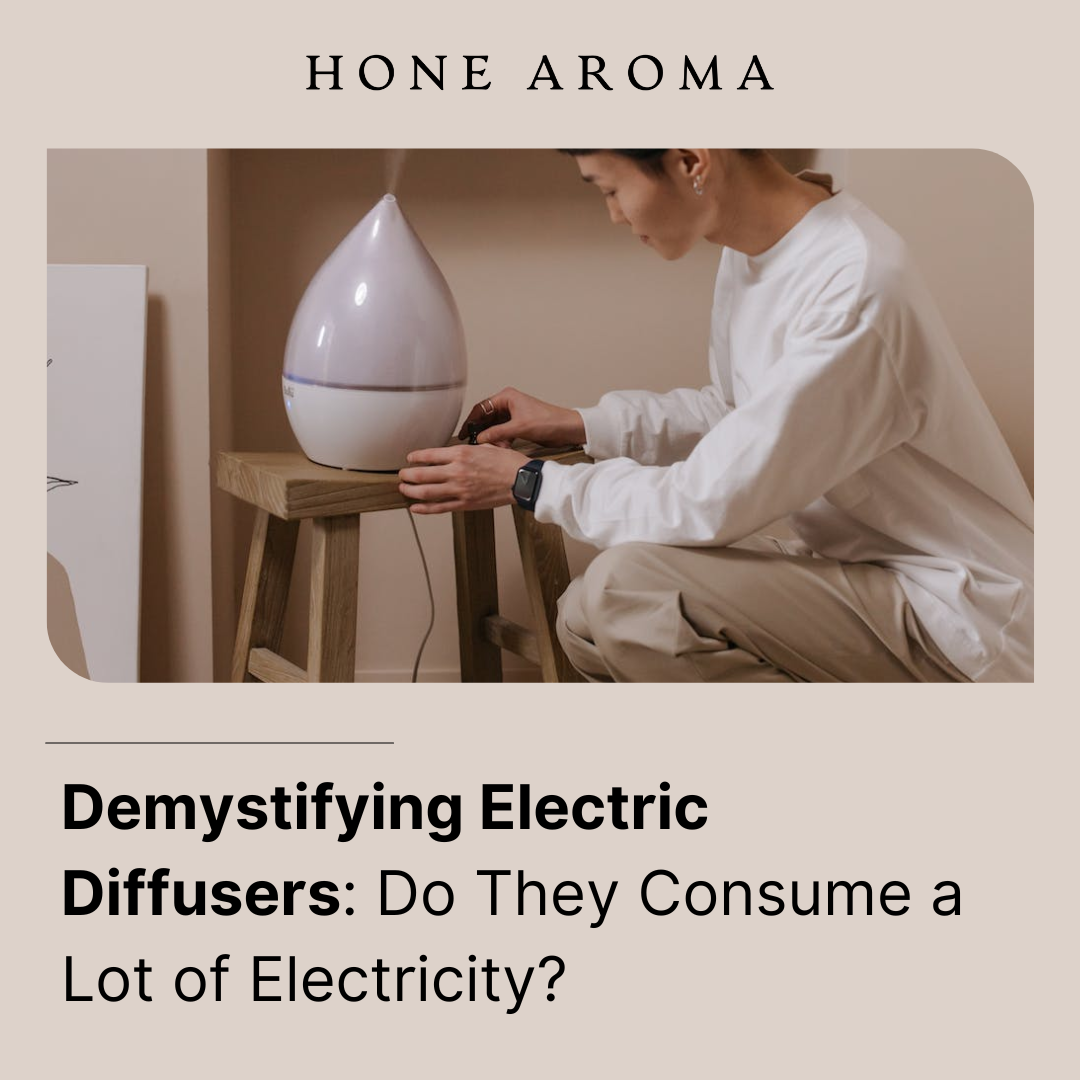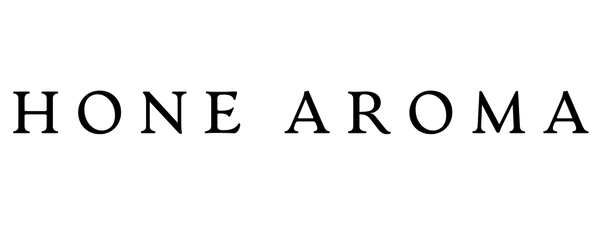
Demystifying Electric Diffusers: Do They Consume a Lot of Electricity?
Share
The Energy Consumption of Electric Diffusers: Separating Fact from Fiction
Electric diffusers have become a popular choice for creating a soothing and relaxing ambiance in homes and offices. However, there is often confusion surrounding their energy consumption and whether they are truly energy-efficient. In this section, we will separate fact from fiction and shed light on the energy consumption of electric diffusers.
One of the main concerns when it comes to electric diffusers is their electricity usage. Many people worry that these devices consume a significant amount of power, leading to higher electricity bills. However, it is important to note that electric diffusers are generally designed to be energy-saving devices.
Manufacturers understand the importance of energy efficiency and strive to create diffusers that consume minimal power while still providing effective diffusion. They utilize advanced technologies and innovative designs to optimize power consumption without compromising on performance.
When comparing the energy consumption of electric diffusers with other household appliances, such as air conditioners or refrigerators, the difference becomes evident. Electric diffusers typically have much lower power requirements due to their smaller size and simpler mechanisms.
Moreover, many modern electric diffusers come with built-in timers or automatic shut-off features. These functionalities allow users to set specific durations for diffusion or ensure that the device turns off after a certain period of time. This not only enhances convenience but also helps conserve energy by preventing unnecessary usage. One such device is the trending Pillar Scent Diffuser.
To further maximize energy efficiency, it is recommended to choose certified energy-efficient diffusers. Look for devices with Energy Star ratings or similar certifications that indicate adherence to strict standards for power consumption.
In general, electric diffusers are considered relatively low-energy consuming devices compared to other household appliances. By selecting an energy-efficient electric diffuser and utilizing its features wisely, you can enjoy a soothing ambiance while minimizing your environmental impact and keeping your electricity bills under control.
Evaluating the Power Consumption of Different Types of Electric Diffusers
1. Ultrasonic diffusers
A popular choice for many households due to it's low price point. These diffusers use ultrasonic vibrations to break down essential oils into a fine mist. In terms of power consumption, ultrasonic diffusers are known for their energy efficiency. They typically consume low amounts of electricity, making them cost-effective and environmentally friendly.
2. Nebulizing nano diffusers
Nano technology diffusers operate differently by using pressurized air or gas to disperse essential oils without the need for water or heat. When it comes to electricity consumption, nebulizing nano diffusers tend to have a slightly higher power usage compared to ultrasonic ones due to the mechanism involved in creating the mist.
It's important to note that while Nano technology diffusers may consume more power, they can also provide a stronger scent throw and cover larger areas. Some also come with a timing mechanism which may give you more automatic control over operating hours, lowering overall electricity costs.
3. Heat-based diffusers
As the name suggests, these diffusers utilize heat to release the aroma of essential oils into the air. These types of diffusers often require more electricity compared to ultrasonic and nebulizing nano diffusers since they rely on heating elements. Such diffusers may also be at higher risk of fires or overheating surrounding objects.
Tips for Optimizing Energy Efficiency with Your Electric Diffuser
Optimizing energy efficiency with your electric diffuser not only helps reduce your carbon footprint but also saves you money on electricity bills. By implementing energy-saving techniques, you can enjoy the benefits of aromatherapy while being mindful of power consumption.
One effective way to reduce power consumption without compromising the effectiveness of your electric diffuser is by setting the optimal diffusion duration and intensity. Experiment with different time intervals and intensity levels to find the right balance for your needs. For example, if you only need a subtle scent in a small room, consider reducing the diffusion duration or intensity accordingly.
Another tip is to strategically place your electric diffuser in areas where it can have the most impact. Placing it near a vent or in a central location can help distribute the fragrance more efficiently, allowing you to use lower settings without sacrificing effectiveness.
Additionally, consider investing in an electric diffuser with built-in timers or programmable settings. This allows you to schedule specific operating hours, ensuring that it operates only when needed and automatically shuts off when not in use.
Regular maintenance is also crucial for optimizing energy efficiency. Clean your diffuser regularly as residue buildup can impede its performance and require higher power consumption to achieve desired results. Follow manufacturer guidelines for cleaning and maintenance to keep your device running smoothly.
By implementing these tips and being mindful of how you use your electric diffuser, you can enjoy its benefits while minimizing energy usage and maximizing efficiency.
Conclusion
When evaluating electric diffusers based on their power consumption, ultrasonic models stand out as highly efficient options.
Nebulizing nano diffusers may consume slightly more electricity due to their pressurized mechanism but offer specific benefits in terms of fragrance intensity and coverage area. While heat-based models tend to have the highest power usage and are more prone to being a fire hazard.
Ultimately, understanding these differences can help you choose an electric diffuser that aligns with your energy efficiency goals without compromising on performance or effectiveness.
Medical Disclaimer: These statements have not been evaluated by the Food and Drug Administration. This product is not intended to diagnose, treat, cure, or prevent any disease. This article is for entertainment and informational purposes only. While we have tried to ensure that the information is sound and accurate, we cannot guarantee its accuracy. The information in this article should not be substituted for professional medical advice and opinions. If you are experiencing any ailments, serious or otherwise, always seek professional medical treatment and advice.

